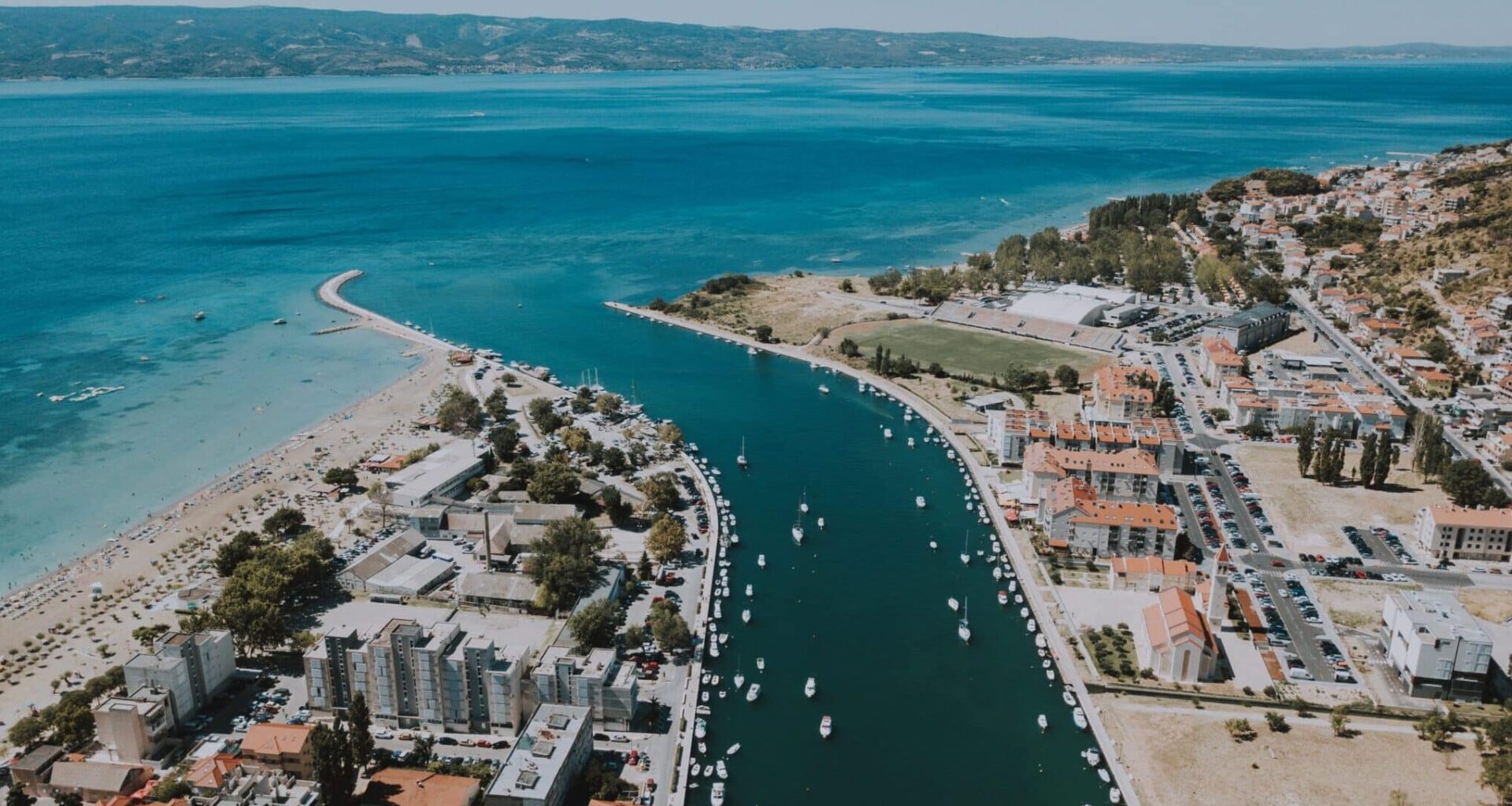The project to build a marina on the Cetina estuary is a typical example of how projects that are potentially harmful to the natural environment are given the green light in Croatia.
The possibility of building a marina on the estuary was included in the Omis town spatial plan as far back as the 1990s. The EU’s Natura 2000 network of protected natural sites was subsequently established in 2013. This could have played a role in a revised urban development strategy for the town, yet despite some changes made to the spatial plan, the marina project remained.
Five years ago, the Dubrovnik-based company Dubrovnik Nekretnine submitted a request to Croatia’s Environment Ministry to evaluate the possible environmental impact of its project called “Marina Omis-Ribnjak” as a first step toward gaining a location permit (lokacijska dozvola) – the first phase of a construction project which precedes the obtaining of a building permit.
Under Croatia’s current regulation governing environmental impact assessments (EIA), only larger harbours open to the public transportation of national and international economic interest as well as those of special national interest have to go through a full EIA procedure. This needs to estimate the reach, intensity and duration of the impacts on the environment, and suggest measures towards protection and monitoring.
Smaller marinas that are designed to accommodate 100-200 berths, and include the filling, deepening or drying of the seabed or construction of objects longer than 50 metres into the sea, are not automatically obliged to go through a full EIA procedure. Instead, investors can request the Environment Ministry carry out an evaluation about whether such a procedure is required.
For this basic evaluation (OPUO, in the Croatian acronym), investors need to submit only a less-detailed impact assessment report, which they usually contract one of a number of private companies authorised by the Environment Ministry to carry out.
If the commission appointed by the Environment Ministry decides that the project has to go through a full EIA procedure, the investor would then need to order and pay for a more detailed environmental impact study. This is more costly, prolongs the time until the location permit can be issued and, in theory, could jeopardise the whole project. However, BIRN investigated last year how this whole process is flawed and designed to favour investors over the environment, with the OPUO procedure being the most problematic part.
According to the request submitted by Dubrovnik Nekretnine to the Environment Ministry, the marina project in the Cetina estuary would include two breakwaters of up to 190 metres in length and two floating docks with a planned capacity for 162 berths. The marina would cover a sea area of 29,663 square metres. Among other interventions, this part of the estuary would need to be deepened to accommodate yachts.
In 2021, the Environment Ministry decided that a full EIA procedure would not be needed, but a mandatory appropriate assessment of whether the project is harmful to the Natura 2000 network was still required. A year later, the ministry decided the project would be “acceptable” to the ecology of the area, although the study upon which the decision was based conceded it would affect the estuary and the sandy seabed, both important habitats for the area’s many marine species.
In 2023, another investor, the Dugopolje-based Orvas, requested an evaluation from the Environment Ministry for its marina project under the same name of “Marina Omis-Ribnjak”. This project too was released from the obligation of going through a full EIA procedure in 2024, but likewise required the mandatory Natura 2000 assessment.
This time, though, the plan to build the marina triggered a larger public outcry and prompted protests by the local community and ecological activists.
“As the most important impact, the construction of the marina in the Cetina estuary would wipe out from this location the strictly protected seagrass Zostera noltii, which locally has become critically endangered due to previous human influence in the estuary,” Jelena Kurtovic Mrcelic, a biologist with the More i krš (“Sea and karst”) nature protection institution, explains.
Seagrasses like Zostera noltii play a key role in the feeding, reproduction and growth of fish species and numerous small organisms that the fish feed on.
The estuary itself, where freshwater and saltwater mix, Kurtovic Mrcelic explains, is a unique ecosystem with several important functions. The juvenile specimens of different fish species use it as a shelter from predators. This habitat serves as home to a variety of crab and clam species that thrive in the muddy seabed. At certain times of year, the estuaries are important for the upstream or downstream migration of species, which is why the EU wants the revitalisation of these biodiversity hubs. This kind of project would, on the contrary, narrow the passage for migration and endanger the wildlife, says Kurtovic Mrcelic.
In February of this year, despite the protests, the Split-Dalmatia County gave permission to the company Nekretnine Dubrovnik to submit a request for a location permit after, apparently, the company Orvas chose not take part in this particular public tender.
BIRN asked the county and the Environment Ministry whether a location permit has already been issued, but our enquiry went unanswered.
